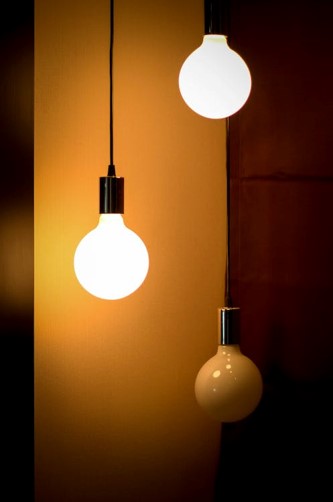In recent years, India has witnessed a significant paradigm shift in the way it perceives and utilizes lighting solutions. This transformation can be attributed to the rapid adoption of Light Emitting Diode (LED) technology. LED lighting has emerged as a revolutionary force, illuminating homes, offices, streets, and every conceivable space in between. This essay will delve into the LED lighting trend in India, exploring its drivers, benefits, and the transformative impact it has had on the nation’s energy landscape.
The LED Revolution: Catalysts and Drivers
Several factors have converged to drive the LED revolution in India. Foremost among these is the pressing need for energy conservation. With a burgeoning population and a surging demand for electricity, India sought innovative ways to reduce its energy footprint. LED technology, known for its energy efficiency, emerged as the beacon of hope in this quest for sustainability.
Government initiatives also played a pivotal role. The Unnat Jyoti by Affordable LEDs for All (UJALA) scheme, launched in 2015, aimed to distribute LED bulbs at subsidized rates across the country. This program alone led to a staggering reduction in energy consumption, heralding a new era of energy-efficient lighting.
Benefits of LED Technology
The adoption of LED lighting in India has yielded a multitude of benefits, both tangible and intangible.
- Energy Efficiency: LED lights are known to consume up to 80% less energy than traditional incandescent bulbs. This reduction in energy consumption translates into substantial savings on electricity bills for households and businesses alike.
- Durability and Longevity: LED lights have an incredibly long lifespan compared to conventional bulbs. This means fewer replacements, resulting in reduced waste and lower maintenance costs.
- Environmental Impact: LED technology is eco-friendly, emitting significantly less carbon dioxide and other pollutants compared to incandescent bulbs. This aligns with India’s ambitious climate goals and commitment to sustainable development.
- Enhanced Illumination: LED lights offer a superior quality of light with improved brightness and color rendering, providing better visibility and comfort in various settings.
Impact on India’s Energy Landscape
The widespread adoption of LED lighting has had a transformative impact on India’s energy landscape. It has alleviated the strain on the power grid, reducing the likelihood of blackouts and enhancing overall grid stability. Moreover, the decreased demand for electricity has contributed to a more sustainable and efficient energy sector.
Challenges and Future Prospects
While the LED revolution in India is commendable, challenges persist. The need for widespread awareness and education about the benefits of LED technology remains crucial. Additionally, ensuring the quality and authenticity of LED products is essential to maximize their benefits.
Looking ahead, the future of LED technology in India is promising. With advancements in smart lighting systems and IoT integration, LED technology is poised to play an even more integral role in shaping the nation’s urban landscapes, homes, and industries.
Conclusion
The LED lighting trend in India is not merely a technological shift; it is a testament to the nation’s commitment to sustainability and energy efficiency. As LED technology continues to evolve, it holds the promise of not only illuminating India but also leading the way towards a greener and more sustainable future.




